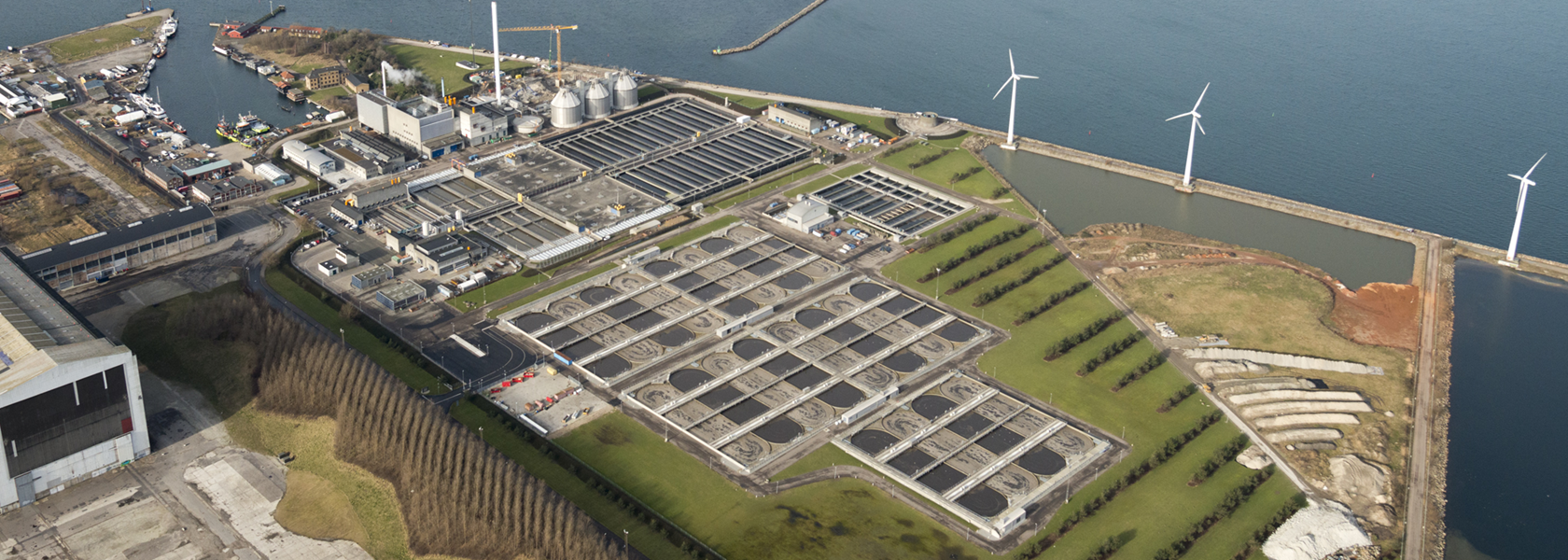

Le ragioni per misurare le emissioni di N2O
Il protossido di azoto (N2O) viene prodotto durante il trattamento delle acque reflue e rilasciato nell'atmosfera attraverso lo stripping per aerazione. L'N2O si forma quando le condizioni di processo per la conversione dell'azoto non sono ideali.
Con un potenziale di riscaldamento globale 273 volte superiore a quello della CO2, gli studi rivelano che l'N2O può rappresentare fino al 90% dell'impronta di carbonio di un impianto di acque reflue. La stima basata esclusivamente sui fattori di emissione non tiene conto delle variazioni stagionali e specifiche del sito, portando a una rendicontazione di sostenibilità incerta.
La misurazione dell'N2O in tempo reale consente agli operatori di valutare con precisione le emissioni dirette e di ottimizzare i processi per ridurre l'impatto ambientale.

Come funziona il sistema per l’N2O nelle acque reflue
Il sistema per l’N2O nelle acque reflue comprende un controller e 1-2 sensori con cavi di lunghezza compresa tra 5 e 100 metri.
Il sensore misura il protossido di azoto (N2O) disciolto in tempo reale nelle acque reflue, fornendo dati online continui per individuare tendenze e correlazioni con altri parametri. Consente strategie avanzate di controllo del processo.
L'installazione è semplice e la manutenzione minima: basta calibrare il sensore ogni due mesi e sostituire la testa del sensore due volte all'anno.
I dati vengono memorizzati sul controller e possono essere trasmessi al sistema di controllo dell'impianto di trattamento per il calcolo delle emissioni.
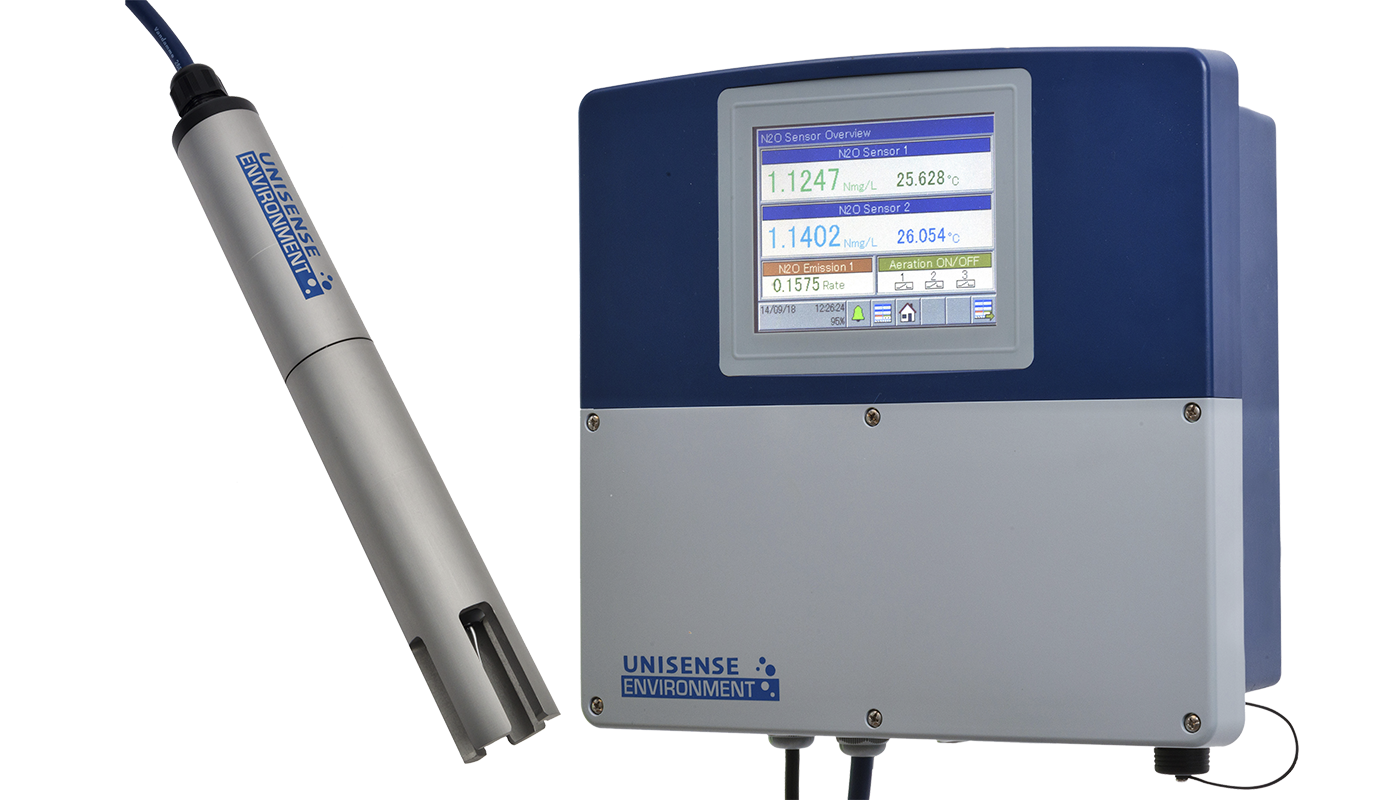
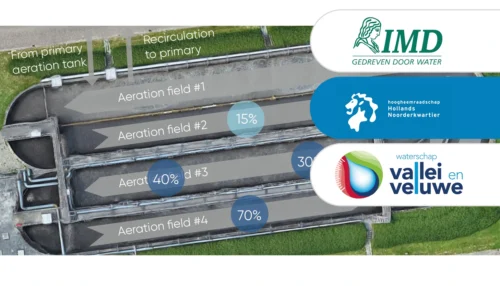
Two liquid phase N2O sensors accurately represent process dynamics and emissions in most common raceway and recirculation reactors.
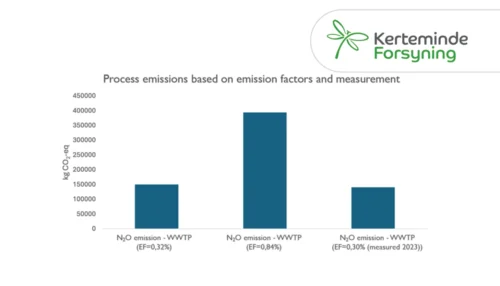
Learn how Kerteminde Forsyning applied nitrous oxide data to reduce the formation of N2O while maintaining low nitrogen emissions
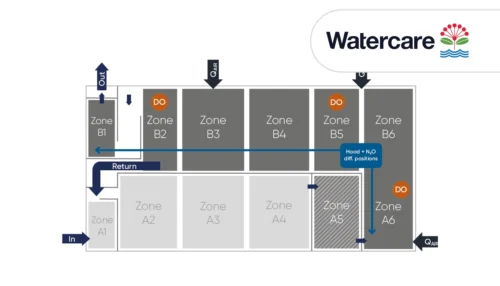
Case Study: Full-scale comparison of N2O emissions determined by liquid sensors and off-gas measurement
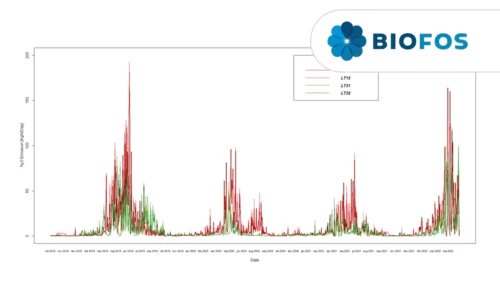
Significant 3-fold increase in IPCC2019 wastewater N2O emission factor supported by Danish studies.
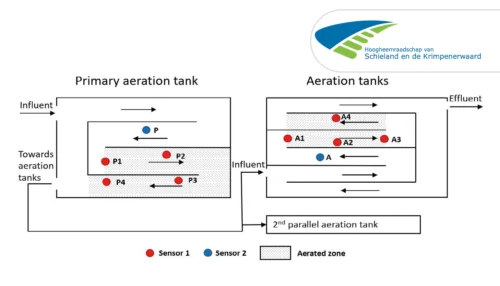
A case study from Kralingseveer WWTP in the Netherlands explores the influence of sensor placement.
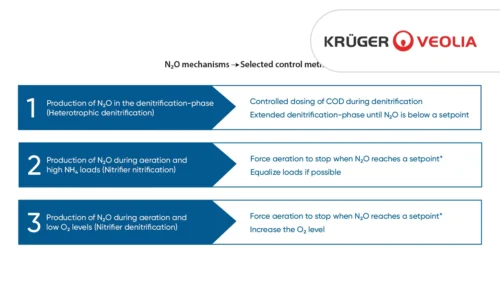
Based on data from Danish WWTPs through advanced online-control.
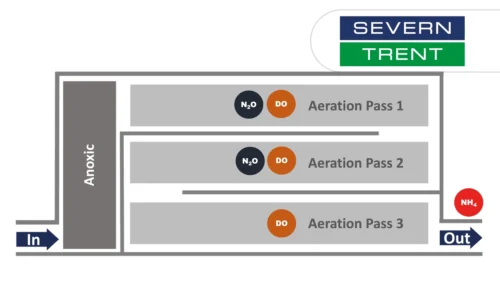
Learn about the results from N2O monitoring in the activated sludge tanks at Severn Trent’s Spernal sewage treatment plant
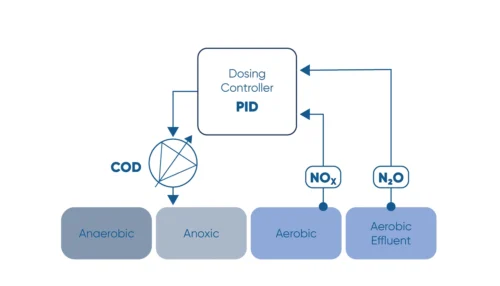
Monitor the N2O concentration in the liquid and use N2O as a control parameter for carbon dosage in the denitrification process.
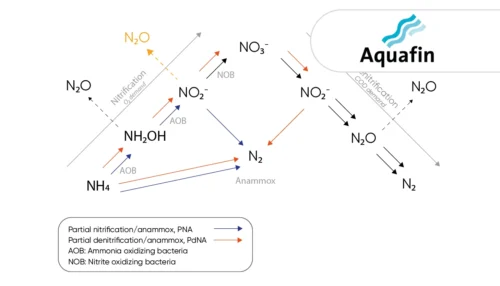
Learn how the water utility Aquafin controls emissions from deammonification processes using the the N2O Wastewater Sensor
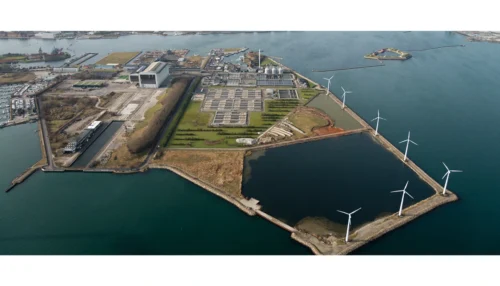
Greenhouse gas emissions at wastewater treatment plants are coming into focus as the water industry works to reduce its climate footprint
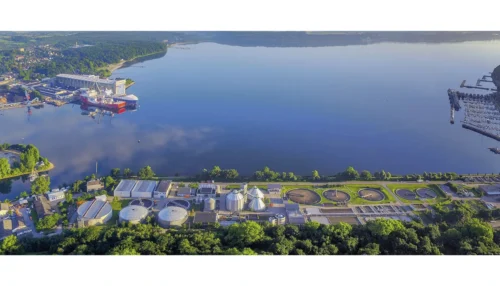
The investment costs had initially deterred us somewhat. However ...
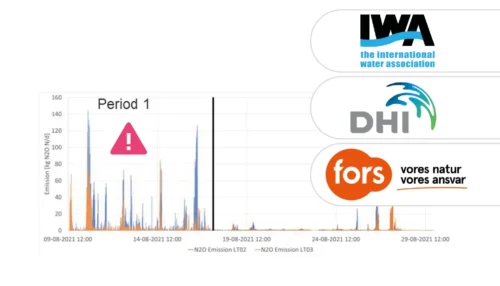
A study of three very different WWTPs in Denmark: Bjergmarken (125,000 PE), Holbæk (60,000 PE), and Hvalsø (11,570 PE)
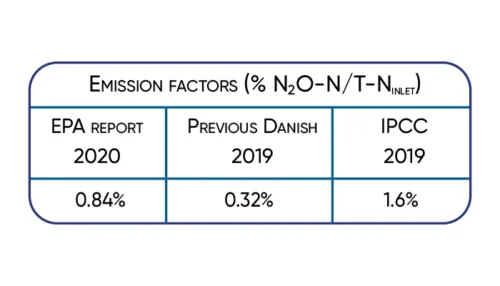
The available data show that the nitrous oxide emission varies in time and between wastewater treatment plants.
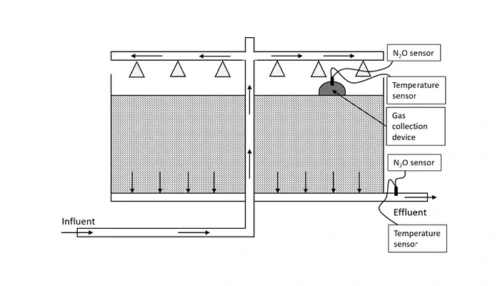
Information regarding N2O emissions from trickling filters is limited, partly caused by the difficulties in capturing off-gases.
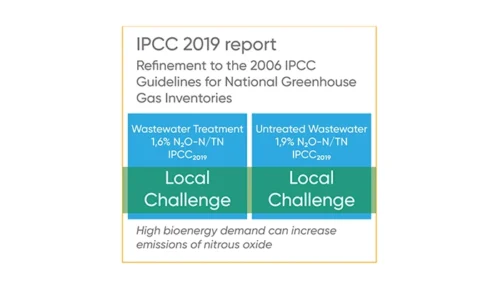
Significant 3-fold increase in IPCC2019 wastewater N2O emission factor supported by Danish studies.
